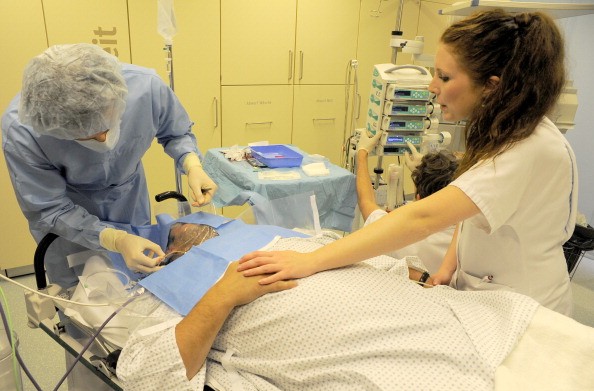
A team of researchers has discovered a protein that promotes cardiac muscle regeneration.
According to Centers for Disease Control and Prevention (CDC), heart disease is the leading cause of death in the United States and globally. Coronary heart disease (CHD) kills almost 400,000 people a year while at least 700,000 people experience heart attack.
Heart attack, also known as myocardial infarction, occurs when certain parts of the cardiac (heart) muscles don't receive adequate blood flow, which can result to shortness of breath, chest pain, fainting, and other body discomforts. At its worst, it starts to destroy the heart.
Many people can undergo heart attack and not know it. Several can also survive a heart attack, especially if it's the first time. Treatments such as medications are available. However, they don't promote regeneration of the cardiac muscles. Rather, the heart attack lives a scar, which in the long run can cause cardiac failure and ultimately death.
For this reason, a research team with Stanford University's Professor Pilar Ruiz-Lozano as the lead author wanted to find another solution and turned their attention to fish. Fish have the ability to regenerate cardiac muscles and that the regeneration occurs on the outer layer of muscle called the epicardium.
Using this knowledge, they experimented using the epicardial cells and found out they can stimulate the replication. They then went on to identify the specific compound responsible for it using advanced spectrometry tools, which led them to Follistatin-like 1 (FTSL1), a natural protein.
The team then developed a patch with the embedded protein and gave it to animal models with simulated heart attack. The patch effectively encouraged the regeneration of the damaged heart muscle and reduced scarring.
The team believes that this novel technology isn't only clinically attractive but also commercially viable. Further, patients may no longer need to take immune-suppressing medications, which prevent further damage to the organ.
The team hopes to begin the human clinical trial within the next two years.
The study is now available in Nature.



